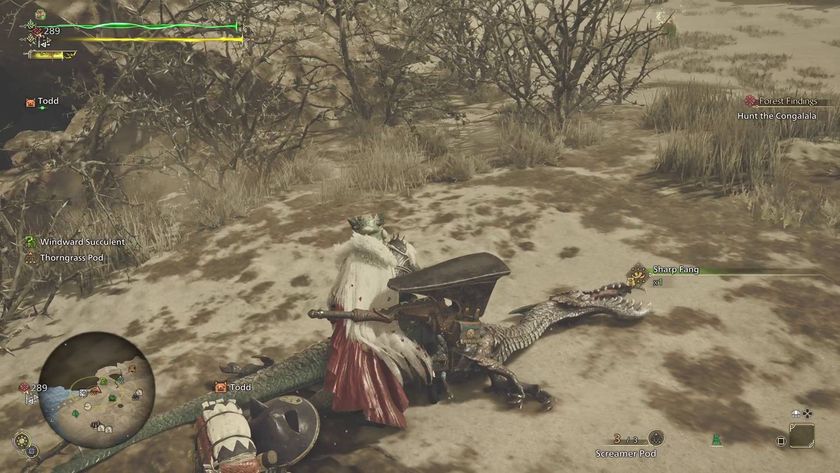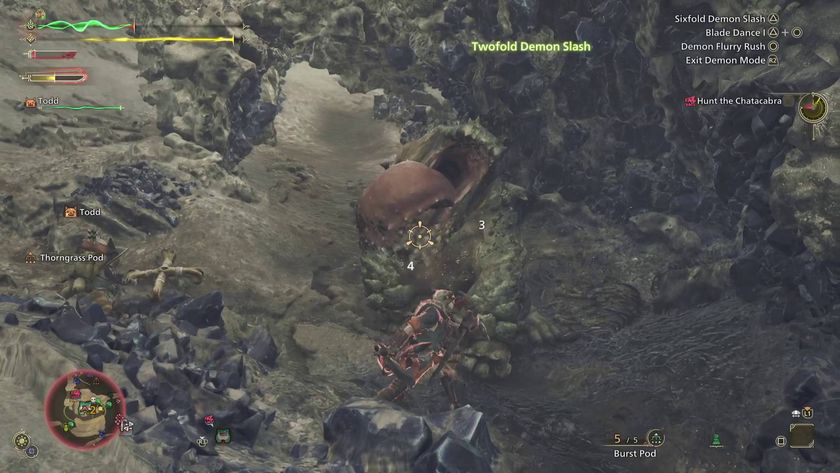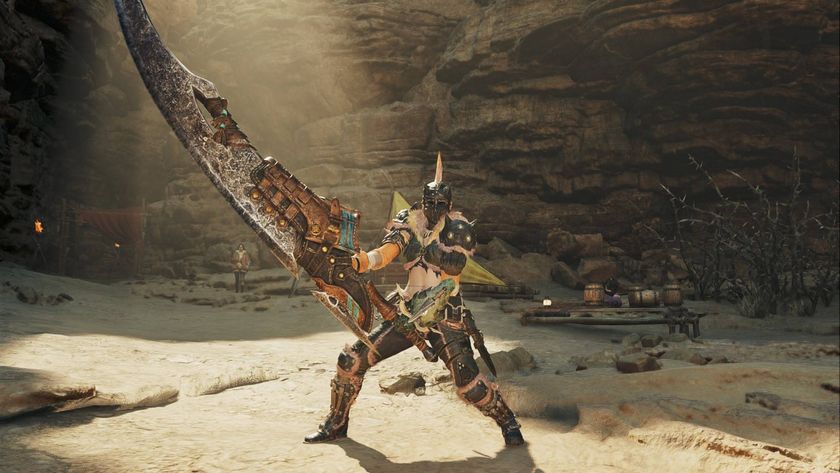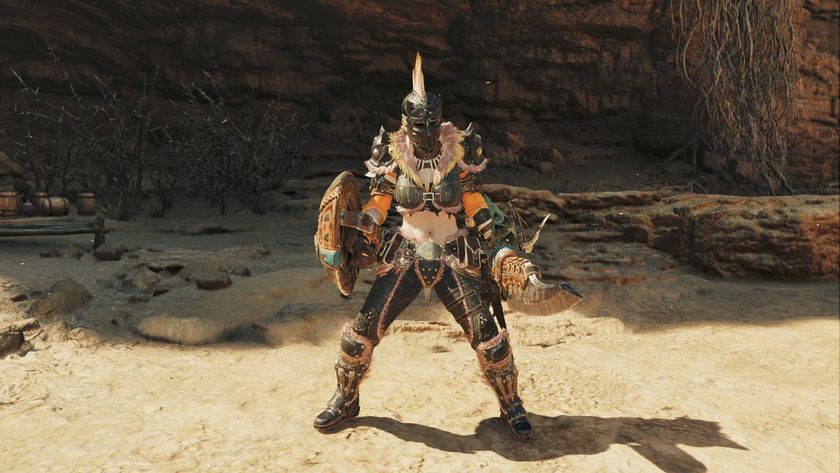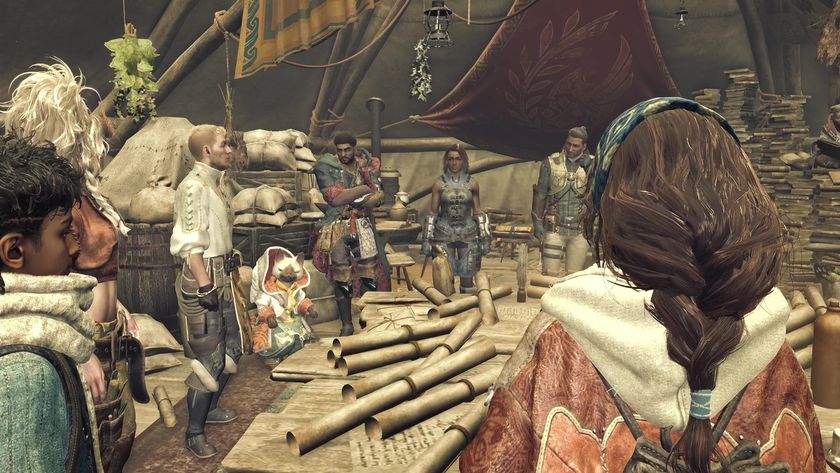The Elder Scrolls Online Beginners' Guide
Character Classes

There are four classes to choose from when starting a new game, each representing a specific character archetype. Dragon Knights are basically the warriors with some elemental damage, Nightblades are the thieves with a bit of illusion magic thrown in, Sorcerers are your all around spell casters and Templars are essentially clerics, warrior-priests who can heal as well as smite their foes.
Each class has three skill trees that they can freely choose pick and choose skills from allowing for incredibly deep character customization. No character is ever pigeonholed into a single archetype by having to devote themselves entirely to one path. But there are a few rules that skill progression follows:
1. There are three levels to be aware of at all times. Personal character level, this grants you skill points and is independent of everything else. Skill tree level, this is the level that the group of skills itself is at. Lastly there is personal skill levels, the level an individual skill works at. So you can be a Level 20 Dragon Knight that is a Rank 10 Orsimer, have Ardent Flame at rank 5 and Fiery Grip at rank 4. It sounds confusing but it isn’t that bad once you see it on your character sheet.
2. Skill tree is the rank that your skill tree itself has reached. This goes up by equipping things related to that skill, not by using them. So if you want to increase your weapon skills, equip related weapons. The same thing goes for armour. If you want to increase your character skill trees then you’ll need to put those skills in your hot bar.
3. Actually using skills levels that skill itself up. This doesn’t seem to actually increase the effectiveness of the skill itself until the skill reaches its maximum level. Reaching that point seems to increase its effectiveness (damage, range or some other factor) and leads into…
4. Upon reaching said maximum level it will be possible to “Morph” the skill, changing it into one of two other skills by spending a skill point. An example of this is the Dragon Knight skill Fiery Grip, the first one skill you get. After ranking it up enough you can spend a skill point to morph it into either Extended Chains, which has a longer range, or Empowering Chains, which makes your follow-up attack deal more damage. The new morphed skill always performs its basic function as well as it did before, it just gains a new trait that enhances its capabilities.
5. To gain the benefit of most passive abilities you have to have at least one of the active skills from that skill tree in your hot bar. Keep that in mind and be sure to read the skill description before picking up a cool passive in a tree where you have no other skills.
Now please keep one thing in mind--this guide will talk about some of the skills below and give ideas as to whether or not they’re worth using. These suggestions are based upon observations in gameplay, some light math / statistics and just general personal opinion. If you’re playing a build where those skills comes in even slightly handy then use that skill to its fullest extent. Because of the ability to customise your character you have a wide range of character builds to choose from so there is no real “wrong” way to build the character. These are just some suggestions for the newer players to use to start out with.
Jump to Section:
Sign up to the 12DOVE Newsletter
Weekly digests, tales from the communities you love, and more
Daniel is a freelance games journalist, but is also the Editor-in-Chief at Gaming Excellence.

The Elder Scrolls 6 NPC auction raises $85,000 as mystery bidder snags the win from a dedicated group of RPG enthusiasts

Modder leading 13-year effort to remake Oblivion in Skyrim isn't worried about an official remake: "The fact Skyblivion is nearly in a releasable state is a miracle"

